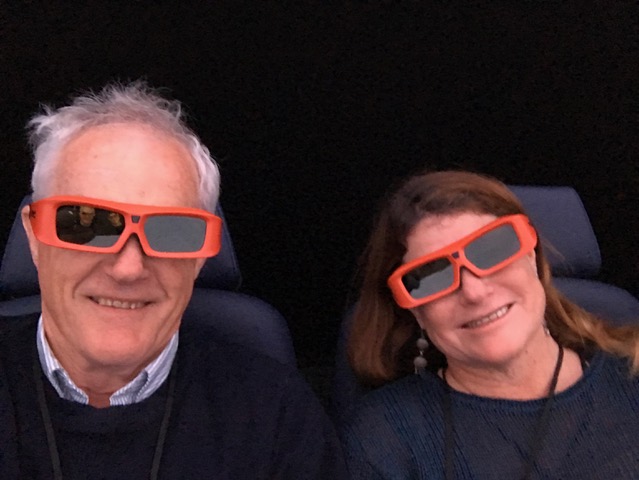Toss Gascoigne and Jenni Metcalfe: The emergence of modern science communication in Australia

CPAS Visiting Fellow Toss Gascoigne and PhD Candidate Jenni Metcalfe published a new paper in the Journal of Science Communication last month, exploring the rise of science communication in Australia.
The paper was the first listing in a special issue of the journal focusing on the history of science communication.
It’s an area where CPAS staff have a proud history, with Questacon founder Michael Gore and Professor Sue Stocklmayer playing prominent roles.
Mr Gascoigne and Ms Metcalfe have also been part of the story, both being founder members of Australian Science Communicators and both pioneering Australian participation in the international arena.
The modern era began after World War II, which changed changed everything in Australia. People moved to the cities and new jobs that avoided the back-breaking drudgery of farming.
Many new jobs had a basis in science and technology. Governments which until now had been willing to leave science to the scientists, became conscious of its power: to generate employment, increase productivity and solve problems.
A love affair with science began.
“In Australia, as in overseas countries, the love affair went through phases: fascination at the machines of war; awe mixed with revulsion at the atomic bomb; and wonder and optimism at Sputnik,” Mr Gascoigne said.
But Rachel Carson’s Silent Spring in 1962 and the devastating effects of napalm and Agent Orange in the Vietnam War raised concerns. The labour movement saw science as a threat to jobs: the mechanisation of wharves, the effect of computers in banking and office work.
Before the war, most research related to agriculture, but after the war science was increasingly outside the everyday experience of Australians: computers, aeronautics, electronics, antibiotics. The comprehension gap between scientists and the rest of the population grew.
The doubts increased as science pushed up against ethical boundaries. GM tomatoes, Dolly the Sheep, and stem cell research fuelled public suspicion: was science out of control?
Modern science communication emerged from all these pressures. The public wanted to know what was happening and how it might affect them; governments needed to explain science, to justify public expenditure and prepare the community for change.
This period has seen the birth of interactive science centres, the first university courses to teach the theory and practice of science communication, the first university departments conducting research into science communication, and a sharp growth in employment of science communicators by research institutions, universities, museums, science centres and industry.
